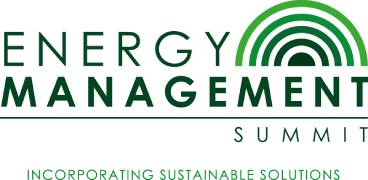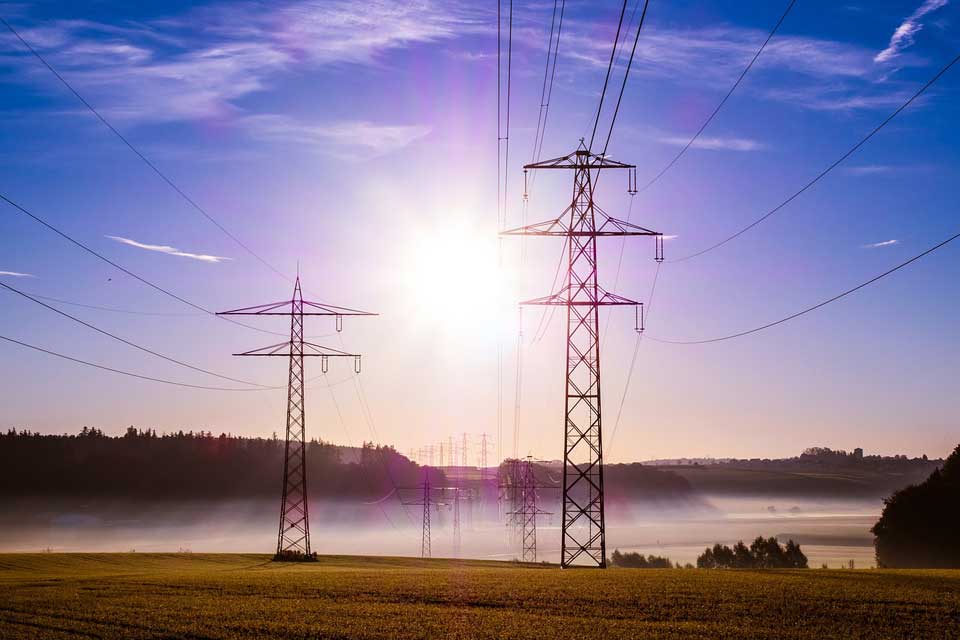Energy managers can create cost and energy savings with the Energy Technology List
https://energymanagementsummit.co.uk/wp-content/uploads/2019/07/Energy-Technology-List.jpg 960 640 Guest Post Guest Post https://secure.gravatar.com/avatar/cb2a67f15cd7d053d8e638a1df3fd67f?s=96&d=mm&r=gBy May Laghzaoui, ETL Project Coordinator, Energy Technology List
Energy managers and procurement professionals can save money and energy through investing in energy efficient products. However, sourcing energy efficient products can be often be time consuming and confusing with a bombardment of conflicting marketing messages.
The solution lies with the Energy Technology List (ETL). Backed by government, it is a searchable database of energy efficient technologies in a variety of categories. The products featured on the list are in approximately the top 25 per cent for energy efficiency and have been independently verified, giving customers comfort in the knowledge they are purchasing high performing products.
Technology categories featured on the ETL include: automatic monitoring and targeting (aM&T) equipment; boiler equipment; combined heat and power (CHP); heat pumps; lighting; motors and drives; refrigeration equipment; and waste heat to electricity conversion equipment.
With rising energy costs and increasingly stringent standards and environmental measures, energy managers are under pressure to reduce costs and meet these targets. Investing in ETL-listed products can further aid these pressures, as it might entitle a business to accelerated tax relief through the Enhanced Capital Allowance (ECA). The ECA can serve as a cash boost for businesses looking to invest in high-performing products. They can then avoid the false economy of cheaper products that consume greater levels of energy and incur long-term energy costs.
In order to qualify for the ECA, businesses must pay corporation tax and purchase products listed on the ETL at the time of purchase. The ETL can also be paired with other forms of accelerated tax relief, such as the Annual Investment Allowance (AIA). The AIA limit has been raised to £1 million for two years from January 2019, enabling businesses investing in new plant and machinery to be able to claim through their AIA instead.
The ETL also complements other government energy efficiency policies, such as the Energy Savings Opportunity Scheme (ESOS) requiring large businesses to report on cost-effective energy saving recommendations, making the ETL a useful tool for those who want to implement recommendations.
Energy savings resulting from purchases of ETL-qualifying equipment have resulted in the sizeable abatement of carbon emissions in the UK – equivalent to approximately 88 million tonnes of CO2since 2001. In addition, it is estimated that the ECA scheme has been used by UK businesses to capture around £100 million a year in accelerated tax relief. This is a key time to factor the ETL and ECA into any procurement processes as the ECA scheme is coming to a close in April 2020.
With increasing awareness and concern around climate change issues, organisations have the opportunity to reap the reputational and economic benefits from reducing their environmental impact. The ETL, if integrated into the procurement process, can be a critical tool for businesses and public sector looking to achieve these savings.
Search for eligible products on the ETL here: https://etl.beis.gov.uk/engetl/fox/live/ETL_PUBLIC_PRODUCT_SEARCH
Image by Michael Schwarzenberger from Pixabay




